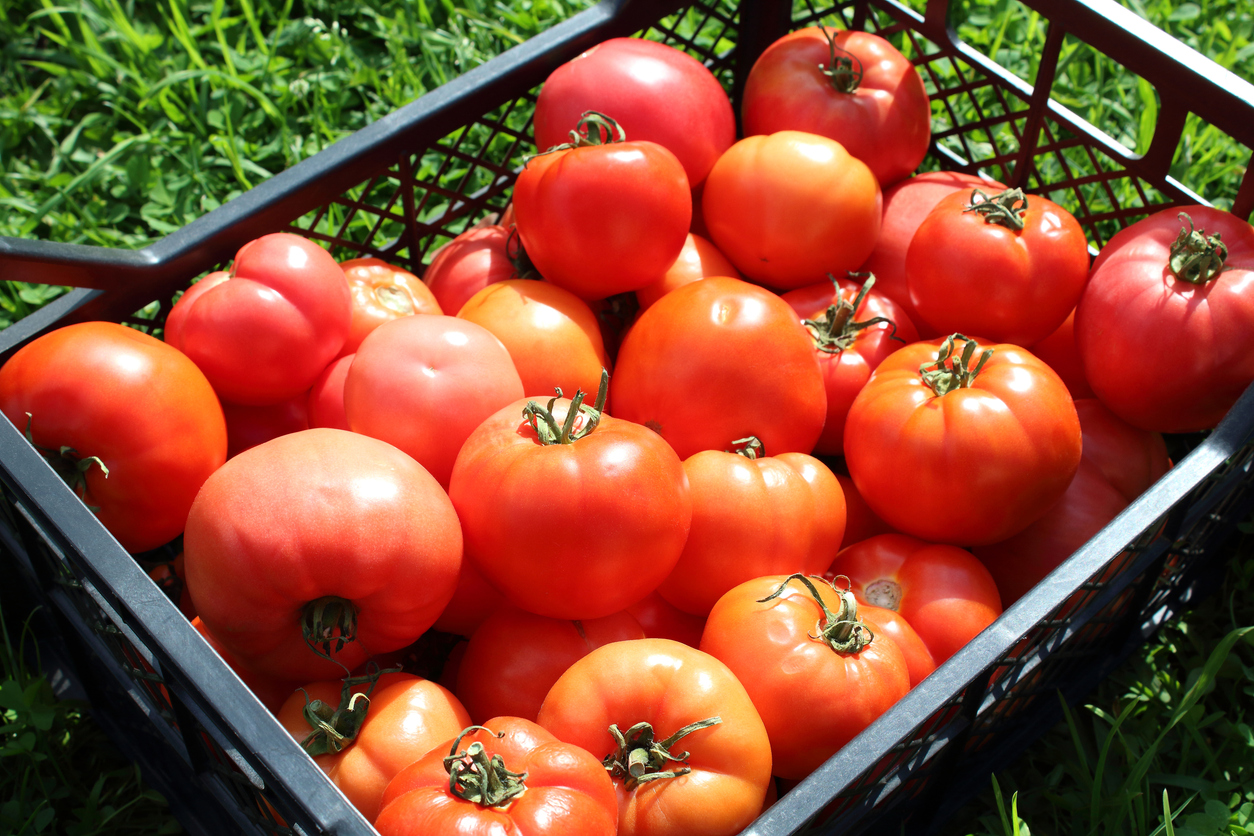
Tiny Zinc-Finger Protein Key to Giant Tomatoes
October 29, 2025| |
A recent study has identified a tiny zinc-finger protein, named SlKNU, that acts as the master regulator of tomato fruit size. This protein functions as a molecular "brake," directly shutting down key stem cell genes to terminate floral meristem growth at the precise moment that determines the fruit's final dimensions.
To prove its function, researchers utilized CRISPR-Cas9 gene editing to create SlKNU knockout mutants. By disabling this gene, the molecular brake was removed, resulting in enlarged floral meristems, an increased number of floral organs, and significantly larger tomatoes with more locules than normal plants.
This discovery highlights how genetic precision, enabled by CRISPR technology, can be used to fine-tune crop traits, offering new opportunities for breeders to develop high-yield, high-quality tomato varieties.
For more details, read the article in News Wise.
| |
You might also like:
- Scientists Discover Genes For Bigger Tomatoes and Eggplants
- Experts Use Genome Editing to Make Tomatoes Yield Earlier
- Genes Involved in Giant Tomato Fruit Size Revealed
Biotech Updates is a weekly newsletter of ISAAA, a not-for-profit organization. It is distributed for free to over 22,000 subscribers worldwide to inform them about the key developments in biosciences, especially in biotechnology. Your support will help us in our mission to feed the world with knowledge. You can help by donating as little as $10.
-
See more articles:
-
Gene Editing Supplement (October 29, 2025)
-
Research and Tools
- Tiny Zinc-Finger Protein Key to Giant Tomatoes
- Prime Editing in Rice Leads to Broad-spectrum Bacterial Blight Resistance
- Rice-specific miRNA Boosts Rice Blast Resistance
- Researchers Use CRISPR to Identify Tobacco Gene Regulating Leaf Senescence
-
Read the latest: - Biotech Updates (December 17, 2025)
- Gene Editing Supplement (December 17, 2025)
- Gene Drive Supplement (February 22, 2023)
-
Subscribe to BU: - Share
- Tweet

